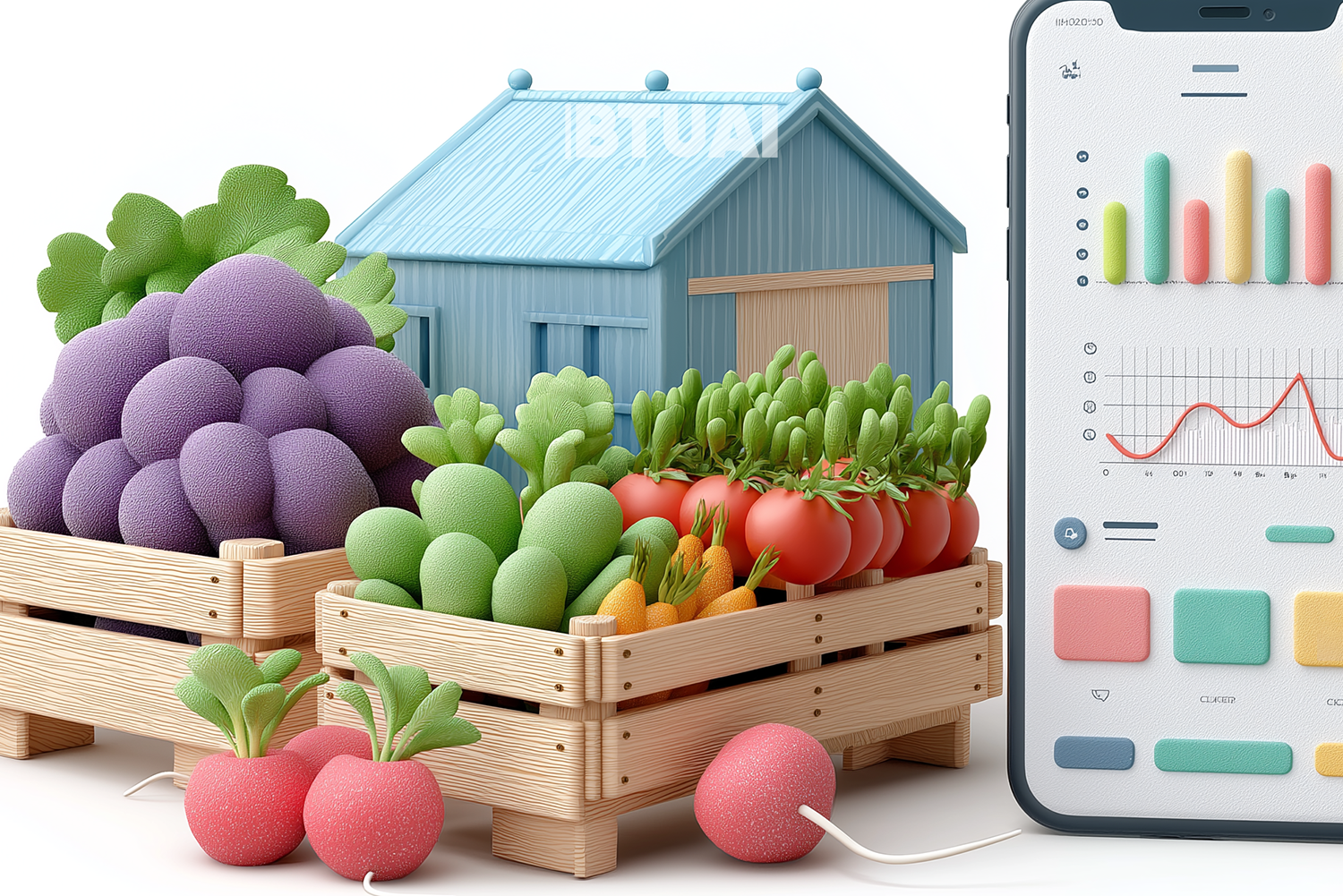Record Surge in Agricultural Product Prices: How Annual Inflation Reshaped the Georgian Market
In 2025, Georgia’s agricultural sector has been significantly impacted by soaring prices, creating a new economic reality for both

In 2025, Georgia’s agricultural sector has been significantly impacted by soaring prices, creating a new economic reality for both farmers and consumers. According to the latest report from Geostat, the Agricultural Producer Price Index rose by an average of 13.3% year-over-year, marking an unusually sharp increase that poses fresh challenges for the agricultural sector and the country’s overall food security strategy.
This dramatic price hike has affected product categories differently. The primary driver of the index increase has been annual crops, which saw their prices rise by an extraordinary 51.6% in just one year. These crops include strategic food commodities such as wheat, corn, sunflower, and potatoes. This category alone contributed 9.09 percentage points to the overall index growth. The surge in prices here is likely tied to climatic risks, rising production costs, global market fluctuations, and logistical disruptions.
Interestingly, the perennial crops category — which includes grapes, fruits, hazelnuts, and other nuts — saw a 2.6% decrease in prices. This downward trend may be the result of overproduction, export difficulties, or distribution bottlenecks that complicate market access for these goods. At the same time, the prices of livestock and animal-based products increased by 10.2%, contributing 5.39 percentage points to the total index. This reflects rising costs for feed and animal care, alongside heightened domestic and international demand.
Short-term data also shows volatility: in the most recent quarter alone, the agricultural unit value index rose by 9.5%, largely due to a 33.8% surge in annual crop prices. This confirms that the market is experiencing not only long-term inflationary pressures but also short-term price shocks, further burdening consumers.
The index breakdown clearly demonstrates that annual crops remain the dominant force behind the overall value of agricultural production in Georgia. However, the growing influence of the animal products segment may signal emerging structural shifts in the market.
These detailed metrics are crucial for economic planning, as they reflect more than just price changes — they also indicate shifts in production costs, market supply dynamics, and food security risks. In this context, both farmers and policymakers must remain vigilant, proactively adapting to these trends through better production planning, market safeguards against sudden shocks, and protective measures for consumer welfare.
Ultimately, the rapid rise in agricultural prices presents a new challenge for Georgia that demands timely analysis, responsive policy, and strategic investment to ensure the sustainable development of the country’s agricultural sector.




